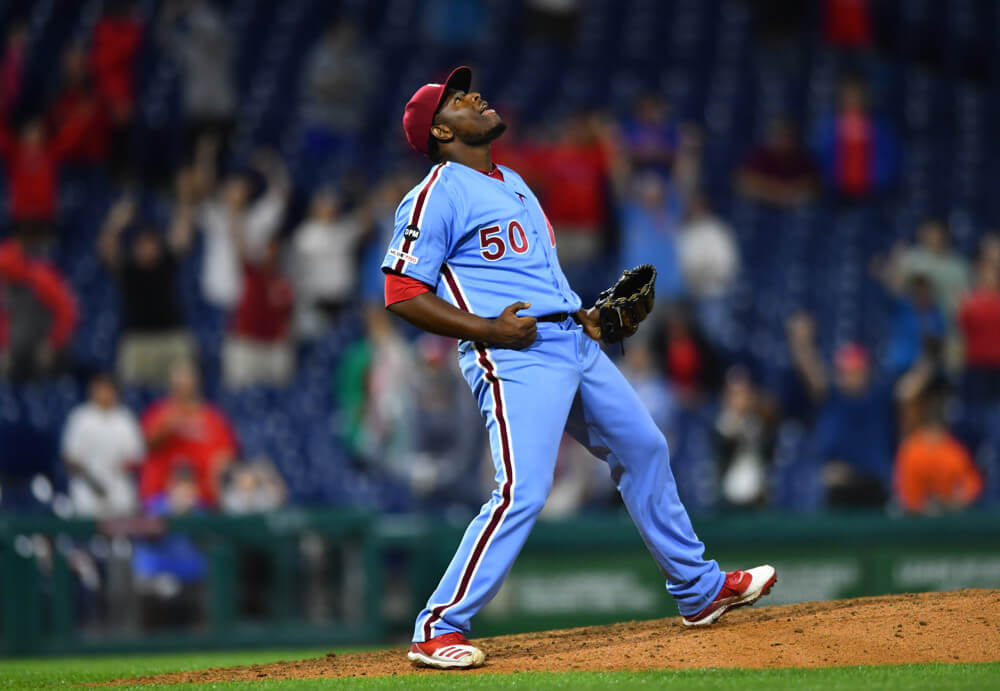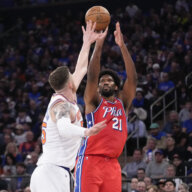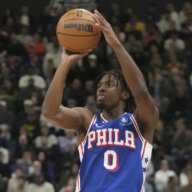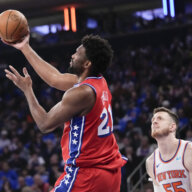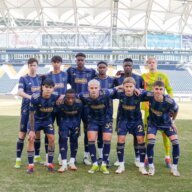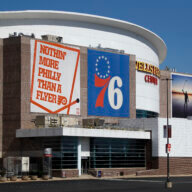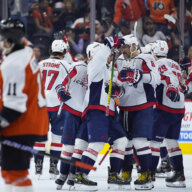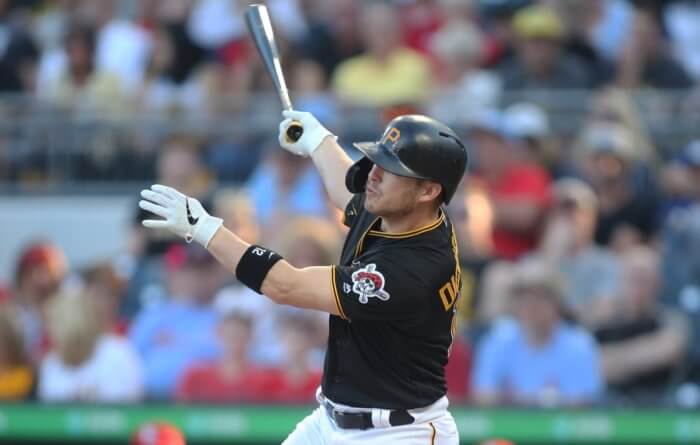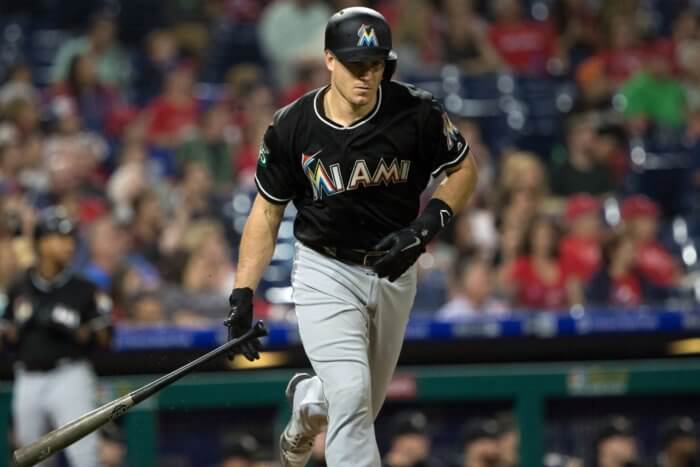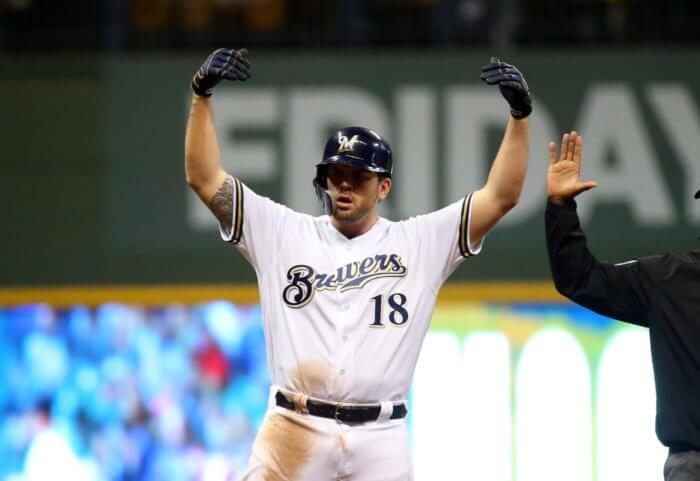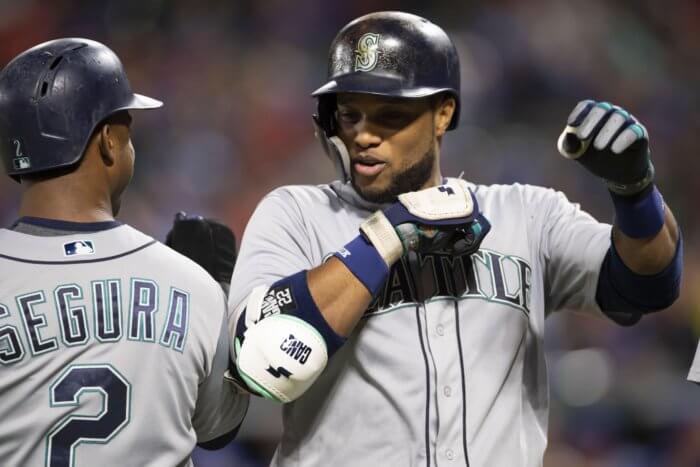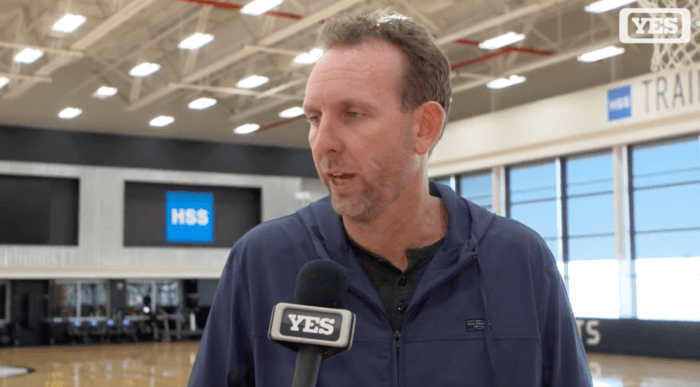Few Phillies players have received as much criticism this season as Hector Neris. The 31-year RHP began the season as the team’s closer, following up on his 28-save 2019 season. Since then, he has left much to be desired.
But has he lost his stuff or just had a few bad outings? Today, we take a closer look to find out.
Hector Neris’ Career Numbers
Hector Neris was signed by the Phillies in 2010 as an amateur free agent out of the Dominican Republic. The 6’2″ reliever made his MLB debut on August 5th, 2014 against the Houston Astros. He pitched in the final inning of a 15-inning marathon that resulted in a 2-1 walkoff victory for the Phillies.
Beginning in 2015, he has seen steady work in the bullpen and began to see save opportunities for the Phillies in 2017. In 2019, he became the team’s closer following injuries to David Robertson and Seranthony Dominguez.
| Year | IP | ERA | WHIP | K/9 | Saves |
| 2015 | 40.1 | 3.79 | 1.190 | 9.1 | 0 |
| 2016 | 80.1 | 2.58 | 1.108 | 11.4 | 2 |
| 2017 | 74.2 | 3.01 | 1.259 | 10.4 | 26 |
| 2018 | 47.2 | 5.10 | 1.301 | 14.3 | 11 |
| 2019 | 67.2 | 2.93 | 1.020 | 11.8 | 28 |
| 2020 | 10.2 | 6.73 | 2.063 | 11.8 | 2 |
| TOTAL | 322.1 | 3.41 | 1.191 | 11.4 | 69 |
Neris has had quite the successful career in the bullpen. Throughout some of the worst years the Phillies have had in a long time, Neris has acted as an anchor in the bullpen.
Yet this year, Neris has struggled, resulting in the highest ERA of his career. Compared to 2019, Neris has struck out just as many batters and yet has allowed twice as many baserunners.
A Look at Neris’ 2020
To date, Neris has made appearances in 14 games for the Phillies, pitching 10.2 innings and allowing 11 runs scored (eight earned runs).
In his first three appearances of the season, Neris pitched a combined 2.1 innings versus the Marlins and Yankees, allowing zero baserunners and striking out two on the way to two saves.
On August 11th against the Orioles, things began to fall apart for Neris as he blew a save, allowing three runs on three hits and two walks. This outing would begin a five-appearance stretch from August 11th-22nd where Neris allowed 10 runs (seven earned) over the course of 3.1 IP.
On August 22nd, the Phillies announced their trade with the Boston Red Sox for Brandon Workman and Heath Hembree. As Workman wearily took over as the closer, Neris was demoted back to a setup role.
Since returning to a setup role, Neris has thrived. In five innings pitched over six appearances, Neris has allowed one run scored on six hits and one walk. The run scored came last night as Neris walked Brandon Nimmo before allowing hits off J.D. Davis and Dominic Smith to score Nimmo. The run was Neris’ first allowed since being relegated to setup duty.
The Numbers
Of Neris’ 16 hits allowed this season, only one has been for extra bases. He has yet to allow a home run this season, keeping hitters to singles and walks. The issue has been allowing multiple baserunners at a time. In fact, in the eight appearances (out of 14) that Neris has allowed a baserunner, he has allowed a second baserunner every time. Five times out of eight has one of those baserunners scored.
But will Neris continue this trend or will his luck improve? Time for another table!
| Year | ERA | FIP | ERA-FIP |
| 2015 | 3.79 | 4.72 | -0.93 |
| 2016 | 2.58 | 3.30 | -0.72 |
| 2017 | 3.01 | 3.71 | -0.70 |
| 2018 | 5.10 | 4.04 | 1.06 |
| 2019 | 2.93 | 3.83 | -0.90 |
| 2020 | 6.75 | 2.20 | 4.55 |
| TOTAL | 3.41 | 3.75 | -0.34 |
Comparing Neris’ ERA with his FIP (Fielding Independent Pitching), we see a trend commonplace among pitchers. A pitcher’s ERA and FIP are typically within one point of each other each season.
We also see that this season does not yet fall under that trend. What that indicates is that, during these next 26 games, we can reasonably expect a regression in Neris’ ERA, most likely somewhere around 4.50-4.75. While statistically, it would still rank among the worst seasons of Neris’ career, it would mean better performances from him the rest of the season.
One thing of note, however, is that if his ERA is to fall, his FIP will most likely rise to meet it halfway. Home runs attribute as a large piece of the FIP formula, and we should expect Neris to begin allowing a few home runs for the rest of the season. Neris has never been much of a home run pitcher but has allowed 1.3 per nine innings pitched in his career.
Neris is a microcosm of a bigger issue the Phillies have had in 2020 with the bullpen. Since mid-August, the bullpen has begun to turn around what was a 10.13 ERA to, currently, a 6.65 ERA. While the bullpen’s ERA continues to drop, you can expect the same from Hector Neris.
Photo by Kyle Ross/Icon Sportswire

